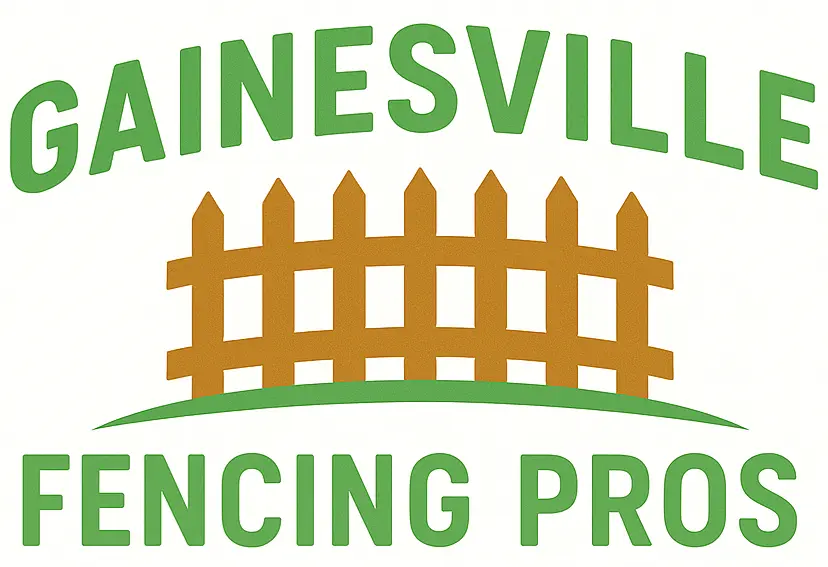Fence installation is the process of placing a barrier around a property for privacy, security, or aesthetic purposes. Whether you’re enclosing a backyard, garden, or commercial space, fence installation provides structure and safety. Homeowners, property managers, and contractors commonly require fence installation to mark boundaries or improve property value.
What to Prepare Before Fence Installation?
Before beginning any fence installation project, proper preparation is essential. Here’s a checklist to help you get started:
- Define your fence’s purpose
- Privacy, safety, decoration, or containment.
- Check local zoning laws and HOA guidelines
- Permit requirements
- Height and material restrictions
- Mark property boundaries
- Use a property survey or hire a surveyor
- Call utility marking services
- In the U.S., dial 811 to locate underground line
- Choose your fence material
- Wood, vinyl, aluminum, chain link, or composite
- Set a realistic budget
- Include materials, labor, and potential maintenance
- Plan the layout
- Measure linear footage and mark post and gate locations
- Gather tools and supplies
- Tape measure, level, post-hole digger, concrete mix, screws, and safety gear
What Tools You Will Need to Install a Fence
To install a wooden fence, you’ll need a mix of digging, measuring, and fastening tools. Here’s a checklist of essentials:
- Post-hole digger or auger – for digging uniform holes for fence posts
- Level – to ensure posts and panels are vertically aligned
- Tape measure – for accurate layout and spacing
- Hammer or nail gun – for attaching rails and pickets
- Circular saw or handsaw – to cut wood panels or posts as needed
- Drill and screwdriver bits – for driving screws into wood
- Wheelbarrow and shovel – to mix and pour concrete for post footings
- String line and stakes – to maintain a straight fence line
- Safety gear – including gloves, boots, and eye protection
Fence Installation Checklist: Step by Step
1. Determine Your Fence’s Purpose
Before starting installation, decide why you’re installing a fence. Is it for privacy, security, pet containment, or decoration? This will guide your material choice, height, and design.
2. Check Local Zoning Laws and HOA Rules
Many areas have fence regulations. Check with your municipality and homeowners association (HOA) for height limits, placement rules, and material restrictions before building.
3. Set a Budget
Fencing costs can vary widely depending on materials, labor, and property size. Decide if you’ll DIY or hire professionals, and get quotes if needed.
4. Choose the Right Fence Material
Common materials include wood, vinyl, chain link, aluminum, and wrought iron. Each has different maintenance levels, durability, and appearance.
5. Mark Property Lines
Make sure you know exactly where your property begins and ends. Consult a surveyor if needed to avoid disputes with neighbors.
6. Call Before You Dig
Contact your local utility marking service (like 811 in the U.S.) to avoid damaging underground utilities when digging post holes.
7. Measure and Plan Your Layout
Sketch your fence layout, mark corner posts, and calculate how many panels and posts you’ll need. Include gates and measure accurately.
8. Gather Tools and Materials
Basic tools may include a post-hole digger, level, tape measure, concrete mix, screws, and protective gear. Make sure you have everything ready before starting.
9. Prep the Ground
Clear any obstructions, level the ground, and remove rocks or roots. This ensures a smoother installation and stronger structure.
10. Install Posts and Panels
Follow manufacturer or professional guidelines for post depth and spacing. Install gates last and ensure everything is level and secure. Fence installation timelines vary based on property size, material, and whether it’s DIY or professionally done. Need help for your Fence Installation? Lets learn more about our Expert Fence installation service
Safety and Access Tips for Fence Installation
Safety is crucial during fence installation. Follow these precautions:
- Wear protective gear: gloves, boots, eye protection.
- Clear the work area of rocks, roots, and debris.
- Ensure clear access for digging equipment and material delivery.
- Mark all underground utilities before any digging starts.
- Use proper lifting techniques when handling panels or posts.
If hiring a contractor for fence installation, confirm they follow safety protocols and carry insurance.
Post-Service Maintenance for Fence Installation
After fence installation, regular maintenance helps preserve its function and appearance:
- Inspect annually for loose posts or damaged panels
- Clean surfaces depending on material (e.g., power wash vinyl, repaint wood)
- Treat wooden fences with sealant or stain every 2–3 years
- Lubricate gate hinges to prevent squeaking or rust
- Trim vegetation growing near or on the fence line
Keeping up with maintenance can extend the life of your fence installation.
Regional Tips for Fence Installation in Gainesville
If you’re installing a fence in a specific region, consider these tips:
- In humid climates, choose rot-resistant wood or vinyl.
- In hot regions, avoid dark-colored materials that absorb heat.
- For snowy areas, ensure post depth is below the frost line.
- Check local regulations for setbacks and visibility rules near intersections.
Adjust your fence installation plans based on your local environment and municipal codes.
Conclusion: Why a Fence Installation Checklist Helps
Using a checklist for fence installation helps you stay organized, avoid costly mistakes, and ensure long-lasting results. Whether DIY or hiring a professional, planning ahead saves time and enhances your final outcome. A thorough fence installation checklist supports better budgeting, safety, and satisfaction.
FAQ: Common Questions About Fence Installation
Signs include uneven floors, stuck doors, cabinet gaps, or loose skirting near Mesa Dr.
Prices vary by slope, access, and soil. We recommend a free inspection in 85201.
Most projects complete in 1 day. Larger tilt or additions may extend the timeline.
Yes. Panels and airflow vents are always resecured after leveling
Yes. We offer fast scheduling, even after summer storms.
Yes. We use step-jacking and reinforced framing to protect aging homes during lift.
